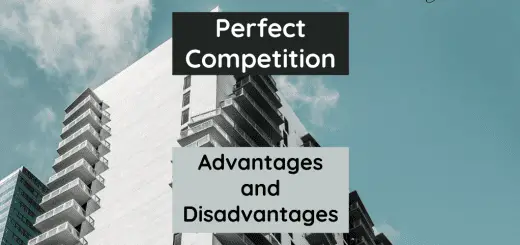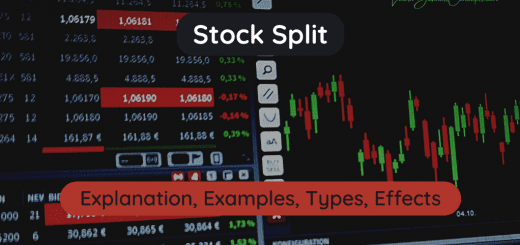Difference Between Forward Integration and Vertical Integration
Difference Between Forward Integration and Vertical Integration
Differences between Forward Integration and Vertical Integration are explained in the below table,
| Forward Integration | Vertical Integration |
|---|---|
| The company gains control of the business activities that are ahead in the value chain. | The company obtains the ownership and control of more than one stage of the supply chain. |
| The company acquire or merge with a distributor. | Used to move forward to the end consumer, or else, move backward to raw materials production. |
| The goal of forward integration is to gain control over the distribution chain. | The goal of vertical integration is to expand and gain control of the entire supply chain. |
| Successful synergies depend on the consolidated strategic business activities and processes of companies. | Successful synergies depend on the company’s mutual understanding of how will both companies need to progress through their share of the supply chain. |
| Example: FMCG goods production company acquires or starts a distribution company. Now the company can have control over its distribution process. | Example: FMCG goods production company acquires or starts a distribution/raw material sourcing company. Now the company can have control over its purchasing and/or distribution process. |
There are two types of Vertical Integration,
Backward integration is a strategy where the company gains control of the business activities that were behind in their value chain. Forward integration is a strategy where the company gains control of the business activities that are ahead in the value chain. Forward integration is a part of vertical integration.
Comparison of Forward Integration and Vertical Integration
1) Forward Integration is where the company gains control of the business activities that are ahead in the value chain. Vertical Integration is where the company obtains the ownership and control of more than one stage of the supply chain (could be ahead or behind of their value chain).
2) Forward Integration is where the company acquires or merges with a distributor. Vertical Integration can be to move forward to the end consumer, or else, move backward to raw materials production.
3) The goal of forward integration is to obtain a greater market share. The goal of vertical integration is to expand and gain control of the entire supply chain.
4) Successful synergies of forward integration depend on the consolidated strategic business activities and processes of companies. Successful synergies of vertical integration depend on the company’s mutual understanding of how will both companies need to progress through their share of the supply chain.
5) Example of Forward Integration: A FMCG goods production company acquires or starts a distribution company. Now the company can have entire control over their distribution process.
Example of Vertical Integration: FMCG goods production company acquires or starts a distribution/raw material sourcing company. Now the company can have control over its purchasing and/or distribution process.
6) Forward integration is a part of vertical integration. There are two types of Vertical Integration: Backward Integration and Forward Integration.
Backward integration is a strategy where the company gains control of the business activities that were behind in their value chain. Forward integration is a strategy where the company gains control of the business activities that are ahead in the value chain.
Recommended Articles:


